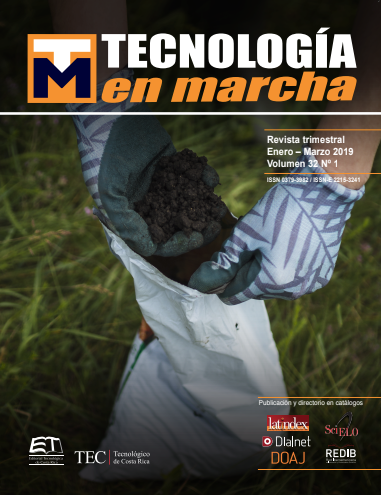Modeling of a non-transferred arc plasma torch
Main Article Content
Abstract
Plasma torches are used in processing of materials and in energy industry for producing plasma, where direct currents arc torches represent the primary components of thermal plasma processes (plasma spraying, metal welding and cutting, waste treatment, biogas production, etc.). In a non-transferred arc plasma torch, an electric arc can be glowed by applying a direct current between the cathode and anode, both placed inside the torch. Then, the plasma is obtained by heating, ionizing and expanding a working gas, introduced into the chamber of the torch upstream of the cathode. Experimental works carried out by observation and measurements techniques are difficult to apply in this field, owing to the specific properties of these physical phenomena. Hence, computational techniques could represent a useful tool to investigate the plasma processing, although the computational work is extremely challenging, because the physical phenomena are not independent among them and simultaneous. In this work we provide a computational model for simulating a 2D non- transferred arc plasma torch, under hypothesis of local thermodynamic equilibrium. Steady state conditions are assumed for the equations of conservation of fluid mechanics, heat transfer and electromagnetics which are modeled by the Comsol Multiphysics® 5.1 software. The plasma is considered optically thin and a net emission coefficient is used for the heat transferred by radiation mechanisms. The gas flow is modeled as laminar with a free vortex at the inlet for two kinds of axisymmetric torches, one with argon and the second one with nitrogen as working gas, respectively.
Article Details
Los autores conservan los derechos de autor y ceden a la revista el derecho de la primera publicación y pueda editarlo, reproducirlo, distribuirlo, exhibirlo y comunicarlo en el país y en el extranjero mediante medios impresos y electrónicos. Asimismo, asumen el compromiso sobre cualquier litigio o reclamación relacionada con derechos de propiedad intelectual, exonerando de responsabilidad a la Editorial Tecnológica de Costa Rica. Además, se establece que los autores pueden realizar otros acuerdos contractuales independientes y adicionales para la distribución no exclusiva de la versión del artículo publicado en esta revista (p. ej., incluirlo en un repositorio institucional o publicarlo en un libro) siempre que indiquen claramente que el trabajo se publicó por primera vez en esta revista.

